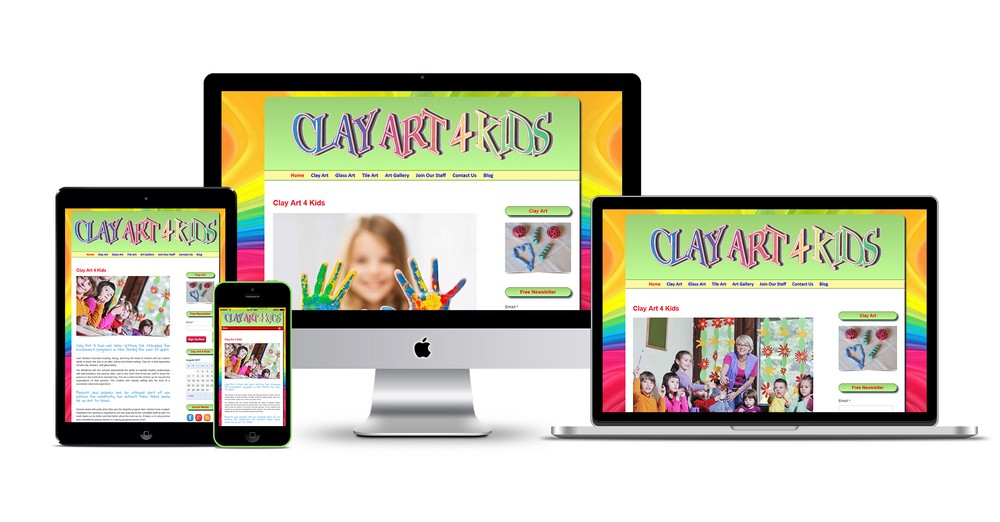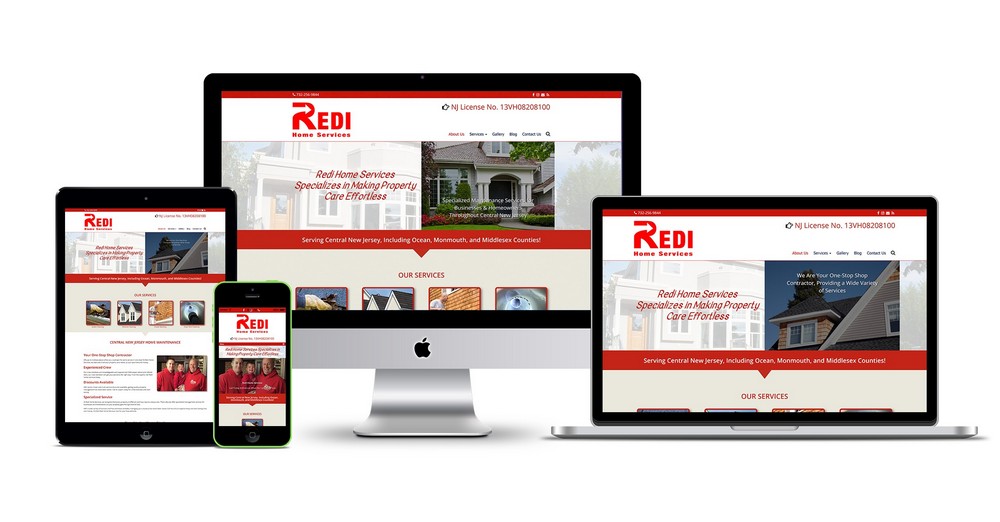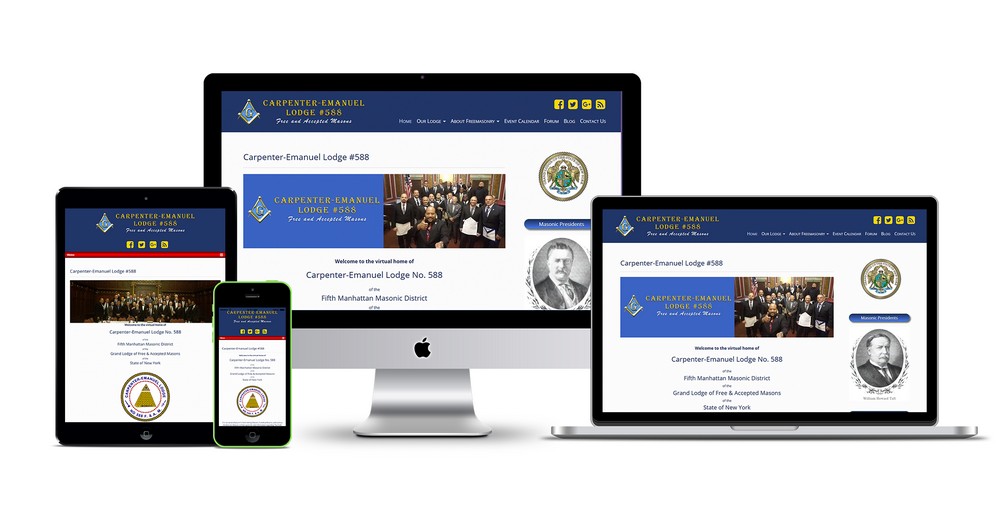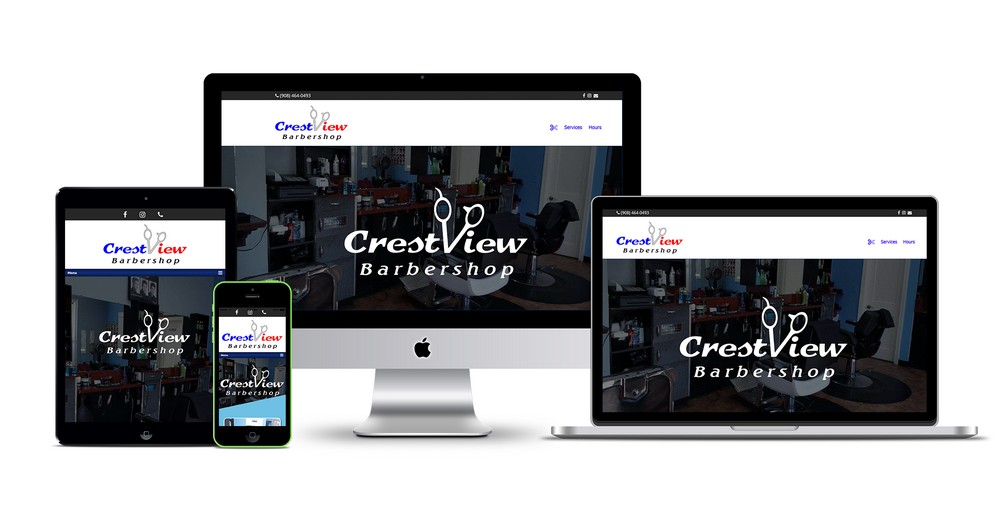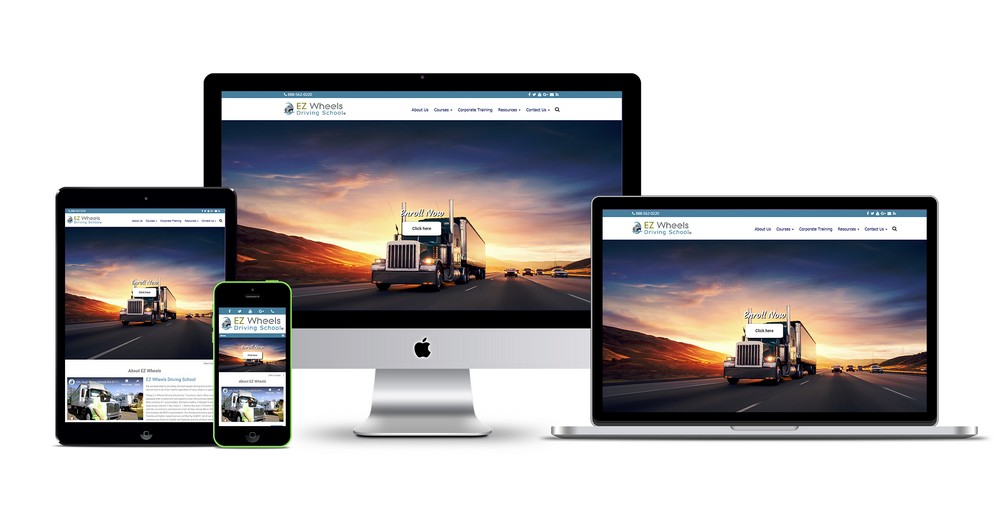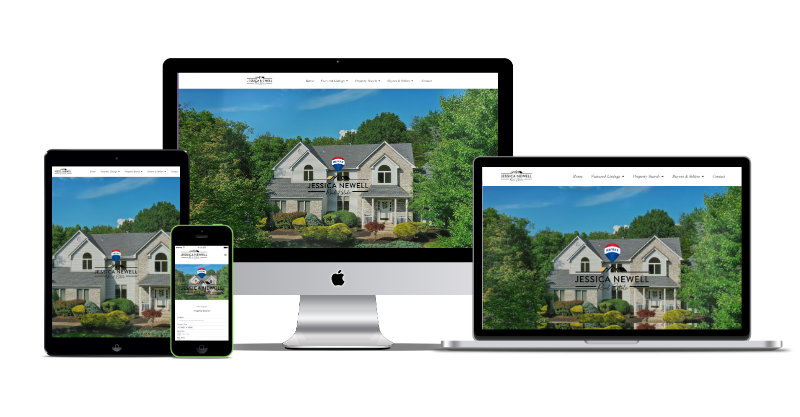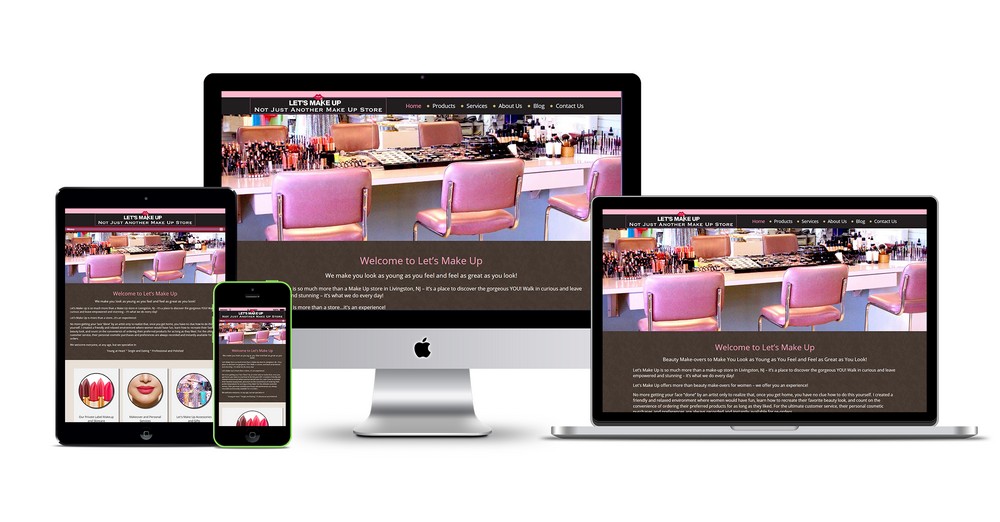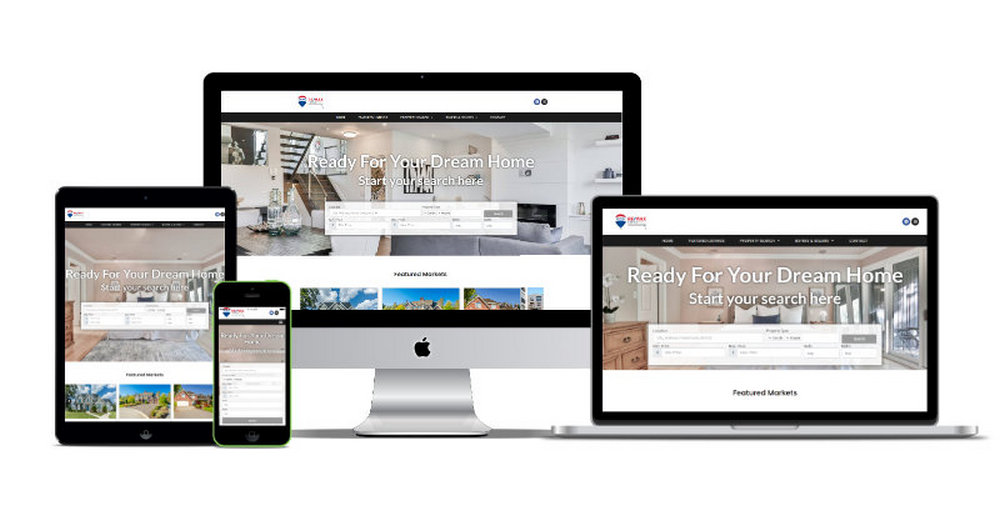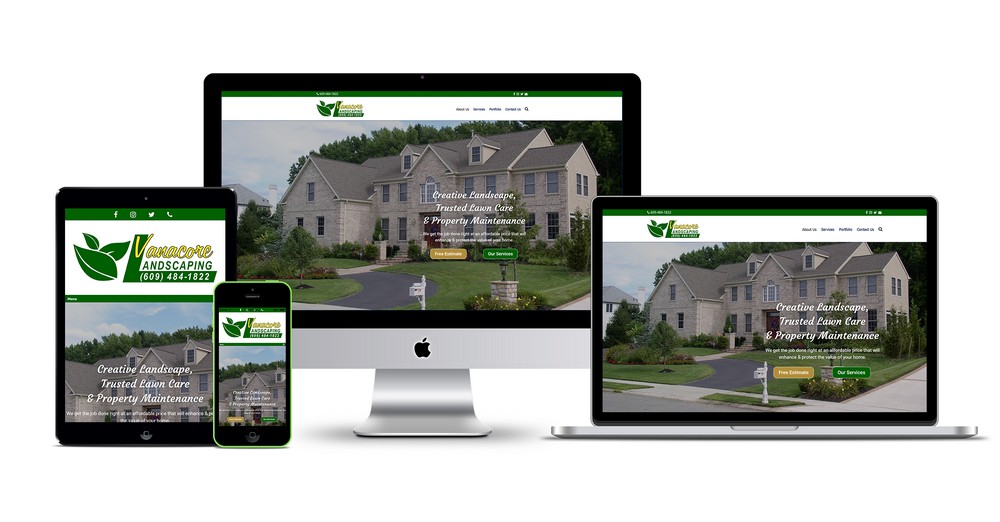In the ever-evolving landscape of technology and digital innovation, the roles of designers and developers play pivotal yet distinct roles in creating the digital experiences we encounter daily. While these roles may seem interchangeable to the uninitiated, understanding the fundamental differences between a designer and a developer is crucial for building successful and cohesive digital products. In this article, we’ll explore the unique skill sets, responsibilities, and perspectives that designers and developers bring to the table.
- The Designer’s Realm:Designers are the architects of the user experience, focused on the visual and interactive aspects of a product. Their primary goal is to create aesthetically pleasing and user-friendly interfaces that resonate with the target audience. Designers often work with tools like Adobe Creative Suite, Sketch, or Figma to bring their creative visions to life.
- Key Responsibilities:
- User Interface (UI) Design
- User Experience (UX) Design
- Information Architecture
- Prototyping and Wireframing
- Graphic Design
- Key Skills:
- Creativity and Innovation
- Attention to Detail
- Communication and Collaboration
- Knowledge of Design Principles
- Proficiency in Design Tools
- Mindset:
- User-Centric Approach
- Problem Solving Through Design
- Iterative Design Process
- Key Responsibilities:
- The Developer’s Domain:Developers, on the other hand, are the builders and problem-solvers. Their focus lies in turning the design concepts into functional, interactive, and reliable digital products. Developers are proficient in programming languages and frameworks, and they work with tools like Visual Studio Code, Git, and various integrated development environments.
- Key Responsibilities:
- Frontend Development
- Backend Development
- Database Management
- System Architecture
- Coding and Scripting
- Key Skills:
- Programming Proficiency (JavaScript, Python, etc.)
- Problem-Solving and Logical Thinking
- Collaboration and Teamwork
- Knowledge of Web Development Frameworks
- Continuous Learning and Adaptability
- Mindset:
- Code Efficiency
- Systematic Debugging
- Commitment to Code Quality
- Agile Development Methodology
- Key Responsibilities:
- Collaboration and Communication:The synergy between designers and developers is crucial for the success of any digital project. Effective communication and collaboration between the two disciplines ensure that the final product not only looks stunning but also functions seamlessly. Regular meetings, feedback loops, and an understanding of each other’s processes contribute to a more harmonious working relationship.
- The Overlapping Territory:While designers and developers have distinct roles, there is an overlap in their skill sets and responsibilities. This overlap, often referred to as “design-developer collaboration,” is where the magic happens. Designers with basic coding skills and developers with an eye for design can bridge the gap more effectively, leading to a more holistic approach to digital product development.
Conclusion:
In conclusion, the roles of designers and developers are complementary yet different. A successful digital project requires a harmonious collaboration between these two disciplines, with each bringing their unique perspectives and expertise to the table. By understanding and respecting the differences between designers and developers, teams can create digital experiences that not only meet but exceed user expectations.










